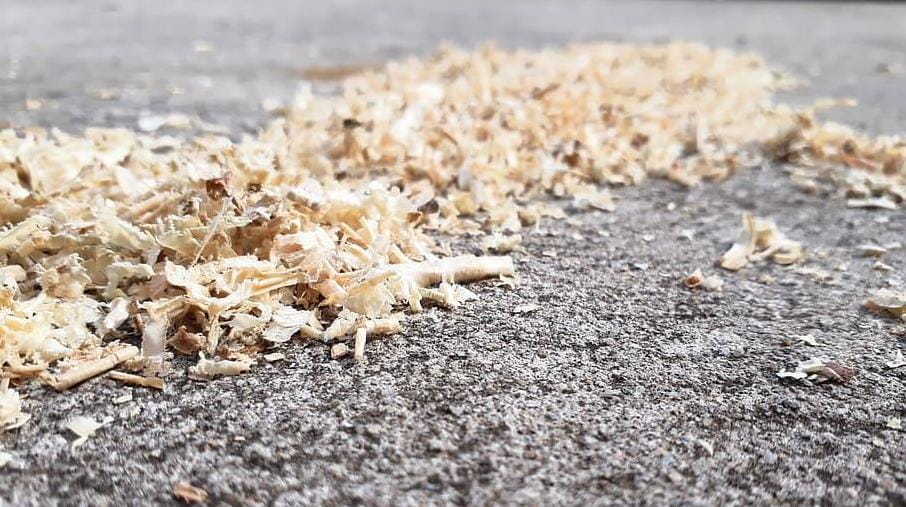
To effectively manage the risk of or even prevent a sawdust explosion, first it is important to understand or answer two key questions, ‘Why does wood dust explode?’ and ‘How flammable is sawdust?’. Understanding just how dangerous wood dust can be can highlight what the risks are and take us one step closer to mitigating those risks and even preventing them all together.
In order to cause an explosion you need three key ingredients, Oxygen, Fuel and an ignition source.
Guidance on how combustible wood dust can be is centred around the size of the particles produced in the waste product.
Wood waste usually has a dust explosion risk where the mean particle size is less than 200 microns, and where as little as 10% of the mixture contains dust less than 80 microns in size.
So if we take our three ingredients of an explosion, wood dust acts as the fuel.
Oxygen of course is all around us so mitigating the risk of an explosion becomes trying to remove the ignition source.
This can be extremily difficult when we refer to parts that are made from metals as they can often build up static electricity that can cause sparks.
In Identifying combustible wood dust risk it’s good practice to assume that all wood waste is potentially explosive.
When assessing how flammable or explosive sawdust is we need to look at where wood waste is commonly produced:
When planning your duct system for a wood waste application you should only use conductive materials so that any static electricity generated can be discharged to earth.
Nordfab’s unique clipped together construction ensures metal-to-metal contact is obtained at all joint connections.
Die-formed rolled edges are uniform in shape which provides the most consistent contact.
This means that all parts of the continuous metal ducting system should have a resistance level that does not exceed 10 ohms.
Nordfab ducting can also be provided with accessories such as explosions dampers, spark traps and additional earth connections to ensure conductivity.
For peace of mind Nordfab’s QF duct is your best option for a safe dependable wood waste application.
It looks like you're coming from United States.
Would you like to go to the United States site?